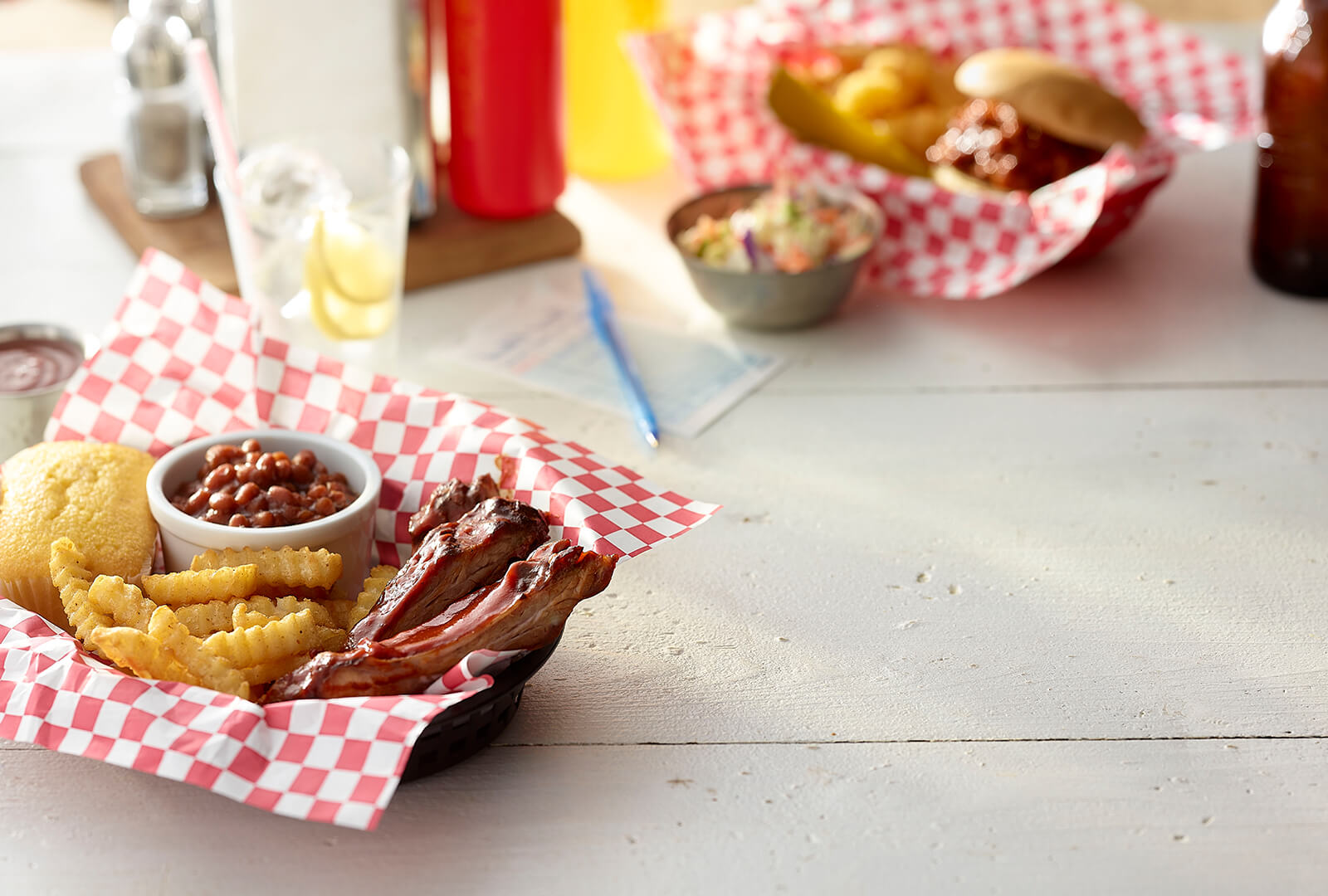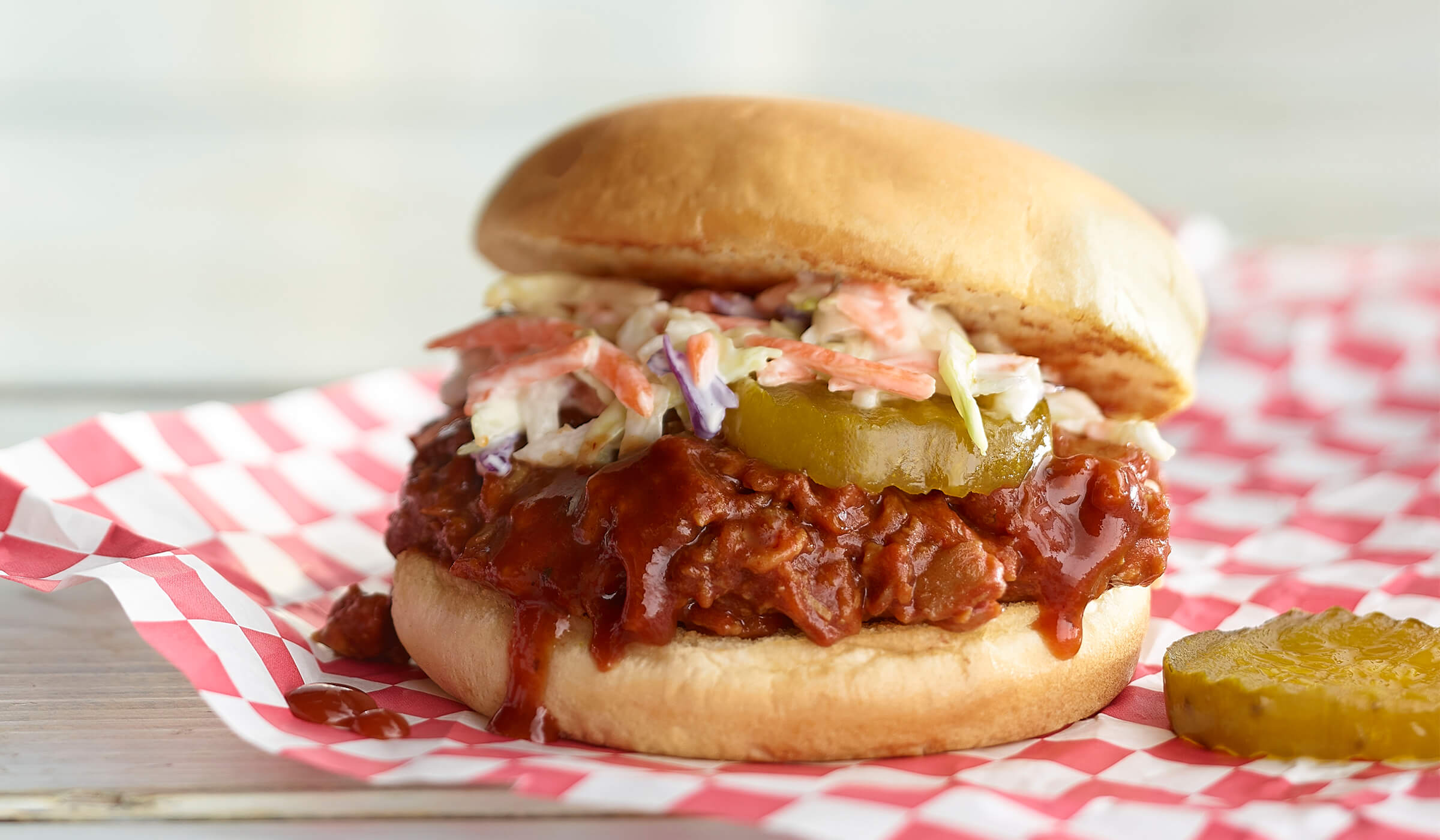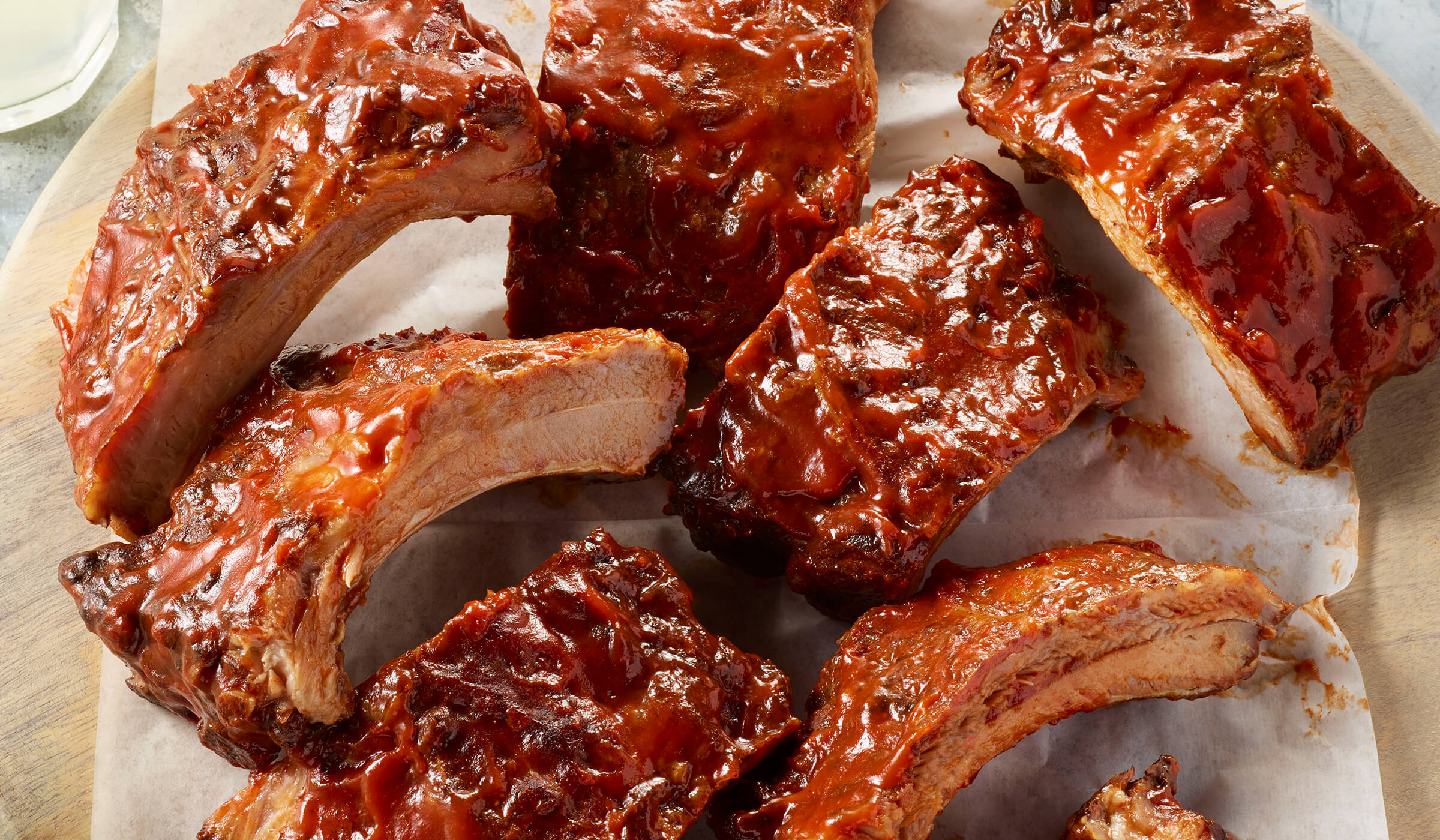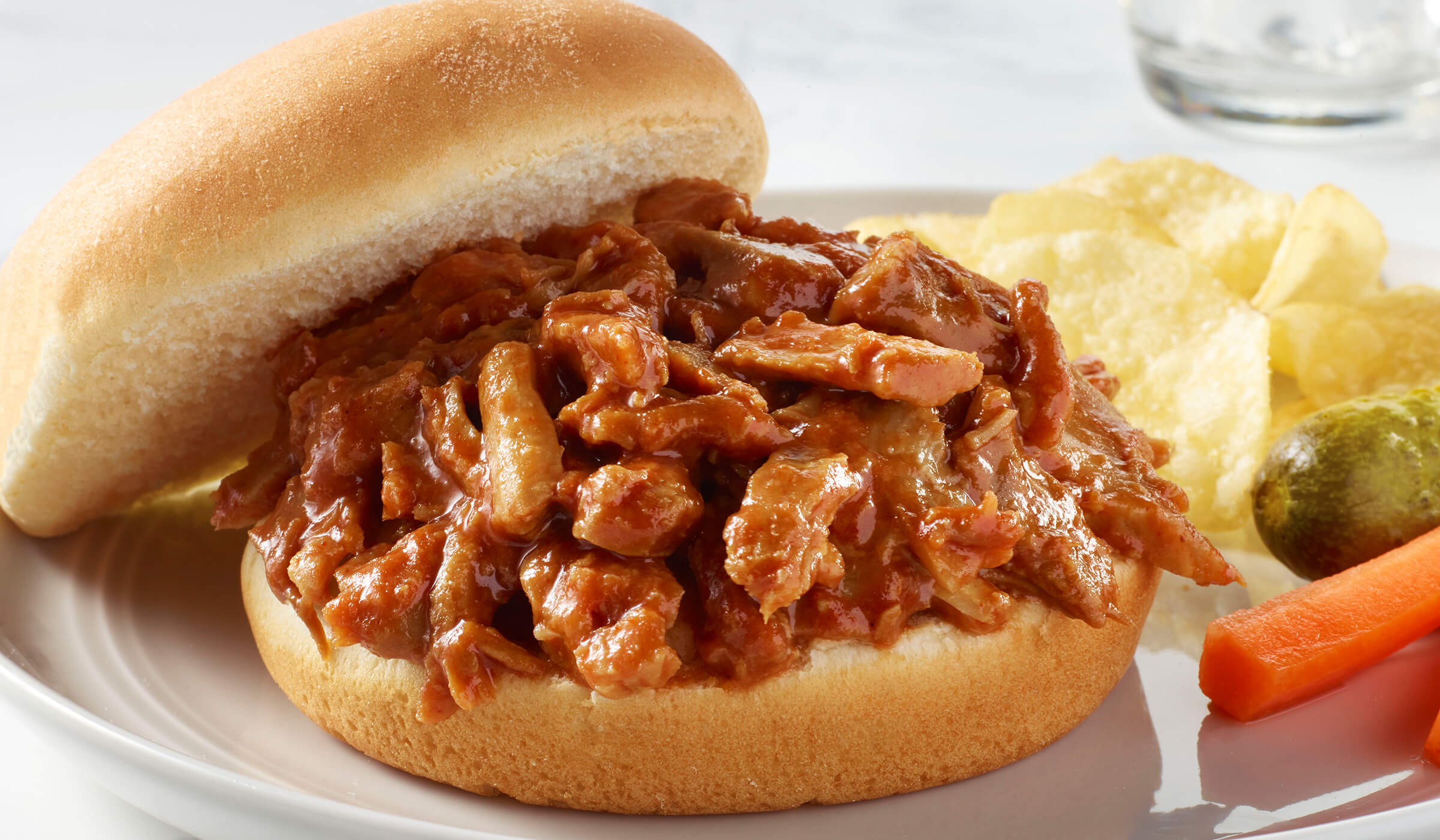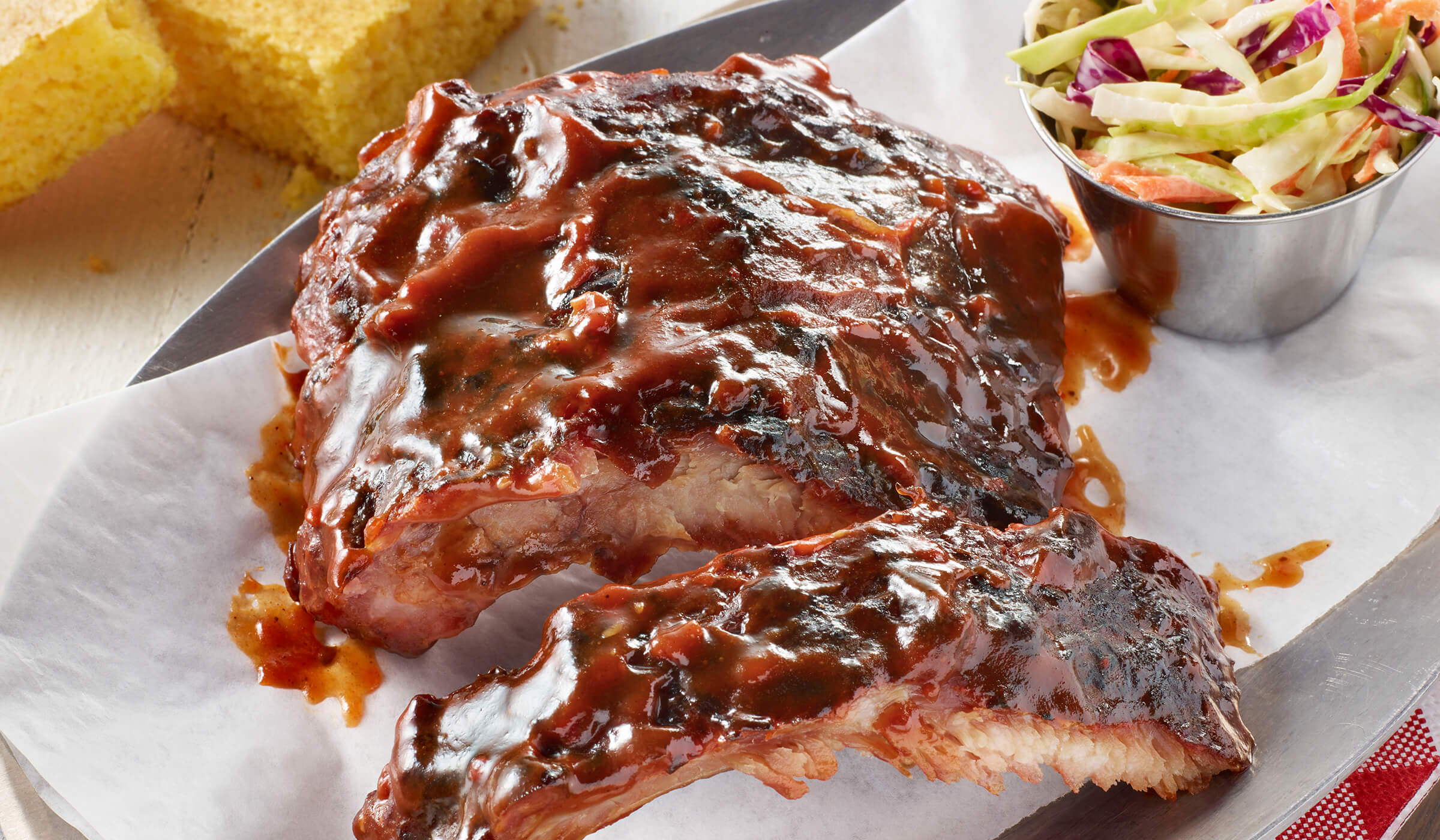The roots of barbeque can be traced back to America’s native people, who would dry or smoke meats on a raised grid of sticks over an open fire. Settlers were smitten with the stripped-down cooking style that produced outsized flavors. By the 17th century, colonials of many nationalities were employing the technique.
However, it really took off in the 19th century when large-scale public barbeques began gaining popularity. “They were an outdoor social institution,” said food writer and culinary historian Robert Moss, author of “Barbecue: The History of an American Institution,” who noted they were held to celebrate the Fourth of July, political rallies, church events and the return of troops from war.
There was no refrigeration, and animals weren’t butchered into cuts, so pitmasters would simply set up makeshift kitchens in the shade and barbeque whole beasts. They basted the meat with simple sauces made with vinegar, fat (either lard or butter) and salt, then chopped it up when it was cooked, and served it with pickles and plain white bread. Some of these pop-ups evolved into informal barbeque stands and shacks, which later became the full-fledged brick-and-mortar businesses that began opening in the late 19th and early 20th century. This is when barbeque started turning into a regional pursuit.
“Owners buy whatever the cheapest meat is in the area,” said Tim Miller, author of “Barbecue: A History” and an associate professor of history at Labette Community College. “So you end up with a lot of pork in the Carolinas, mutton is popular in Kentucky and Texas has a lot of beef,” he said.
To further localize their flavors, pitmasters begin utilizing different barbeque set-ups — open pit, closed pit and offset smokers — burning a variety of woods and developing complementary sauces. The craft became a familial pursuit, so they passed their secrets down from generation to generation.
The First Fast Food
Thanks to this tireless honing of techniques and recipes, barbeque entered a golden age that spanned the 1930s through the 1950s.
“It was the first fast food,” said Moss, who pointed out that many Americans were first introduced to barbeque when they took car trips through the South and stopped at roadside barbeque shacks for a meal.
Sadly, the tradition went into decline in the following two decades due to waning interest — both from diners who became infatuated with burgeoning chains, and children of barbeque owners who didn’t want to follow in their parents’ footsteps.
However, barbeque didn’t die out. The tradition smoldered until near the end of the 20th century, when barbeque competitions started a revival that eventually brought it back into the mainstream. Diners rediscovered barbeque at these live events, on food television and through social media. Today, the national restaurant scene is home to a number of time-honored barbeque joints carrying on the tradition — throughout the South — from Gates Bar-B-Q and Arthur Bryant’s in Kansas City to Kreuz Market in Lockhart, Texas, and Franklin Barbecue in Austin, Texas, — alongside newer concepts farther to the north, such as Blue Smoke in New York City, Federalist Pig in Washington, D.C., and Lem’s BBQ House in Chicago.
Barbeque is much more of a diffuse proposition as some joints offer a country-spanning menu of options or dishes that play up other influences from farther afield. “Restaurants are always trying to be edgy and satisfy guests,” explained Deutsch. That’s why diners might find Peruvian, Korean or Jamaican accents applied to the meat or sides.
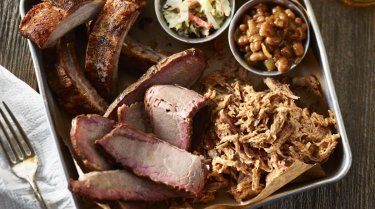
The love of barbeque extends to the grocery store, where Lloyd’s Barbeque Company has been commanding a legion of followers for 40 years. Products like Lloyd’s® seasoned and shredded chicken in original sauce and Lloyd’s® seasoned and smoked St. Louis style spareribs in original sauce allow diners to indulge their love of barbeque year-round without spending hours at the backyard smoker.
No matter how barbeque aficionados choose to indulge in their passion, they have plenty of choices. Each offers a chance to celebrate one of America’s greatest culinary traditions.
